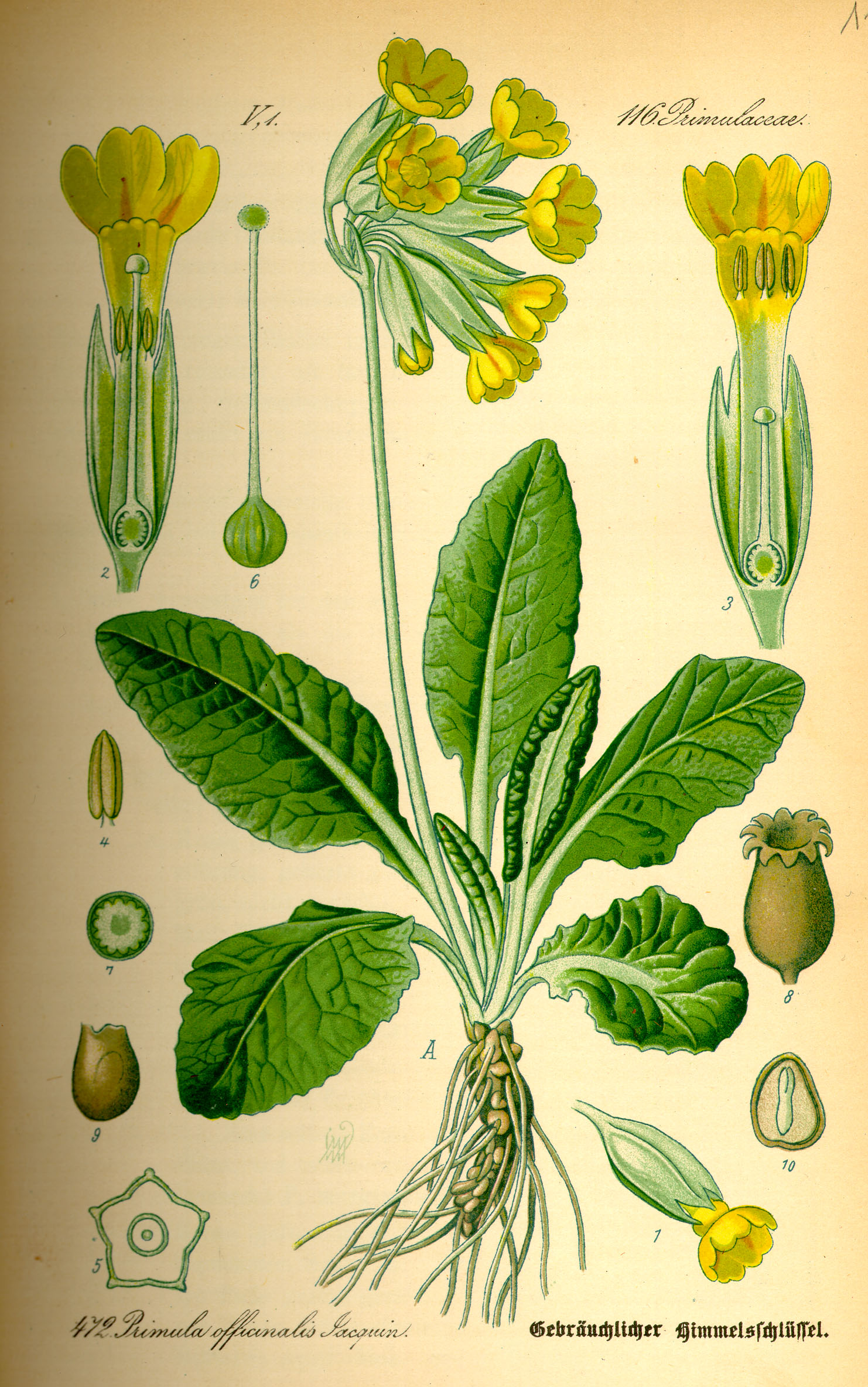|
R. A. Dyer
Robert Allen Dyer (21 September 1900 Pietermaritzburg – 26 October 1987 Johannesburg) was a South African botanist and taxonomist, working particularly on Amaryllidaceae and succulent plants, contributing to and editing of ''Bothalia'' and ''Flowering Plants of Africa'' and holding the office of Director of the Botanical Research Institute in Pretoria from 1944 to 1963. Education and career Attended Michaelhouse and Natal University College 1919-1923, obtaining the degrees of M.Sc. in 1923 and D.Sc. in 1937. Appointed as assistant to Selmar Schonland in Grahamstown in 1925, as well as curator of the Albany Museum Herbarium. After doing a three-year stint (1931-1934) as liaison officer with the Royal Botanic Gardens, Kew, he was transferred to the National Herbarium in Pretoria. Here he became Chief and subsequently Director from 1944 to 1963. He revived the Botanical Survey Section and started the Pretoria National Botanic Garden, as well as editing ''Bothalia'', ''The Flowe ... [...More Info...] [...Related Items...] OR: [Wikipedia] [Google] [Baidu] |
Pietermaritzburg
Pietermaritzburg (; Zulu: umGungundlovu) is the capital and second-largest city in the province of KwaZulu-Natal, South Africa. It was founded in 1838 and is currently governed by the Msunduzi Local Municipality. Its Zulu name umGungundlovu is the name used for the district municipality. Pietermaritzburg is popularly called Maritzburg in Afrikaans, English and Zulu alike, and often informally abbreviated to PMB. It is a regionally important industrial hub, producing aluminium, timber and dairy products, as well as the main economic hub of Umgungundlovu District Municipality. The public sector is a major employer in the city due to local, district and provincial governments located here. The city has many schools and tertiary education institutions, including a campus of the University of KwaZulu-Natal. It had a population of 228,549 in 1991; the current population is estimated at over 600,000 residents (including neighbouring townships) and has one of the largest populatio ... [...More Info...] [...Related Items...] OR: [Wikipedia] [Google] [Baidu] |
Euphorbiaceae
Euphorbiaceae, the spurge family, is a large family of flowering plants. In English, they are also commonly called euphorbias, which is also the name of a genus in the family. Most spurges, such as ''Euphorbia paralias'', are herbs, but some, especially in the tropics, are shrubs or trees, such as ''Hevea brasiliensis''. Some, such as ''Euphorbia canariensis'', are succulent and resemble cacti because of convergent evolution. This family has a cosmopolitan global distribution. The greatest diversity of species is in the tropics, however, the Euphorbiaceae also have many species in nontropical areas of all continents except Antarctica. Description The leaves are alternate, seldom opposite, with stipules. They are mainly simple, but where compound, are always palmate, never pinnate. Stipules may be reduced to hairs, glands, or spines, or in succulent species are sometimes absent. The plants can be monoecious or dioecious. The radially symmetrical flowers are unisexual, w ... [...More Info...] [...Related Items...] OR: [Wikipedia] [Google] [Baidu] |
South African Taxonomists
South is one of the cardinal directions or compass points. The direction is the opposite of north and is perpendicular to both east and west. Etymology The word ''south'' comes from Old English ''sūþ'', from earlier Proto-Germanic ''*sunþaz'' ("south"), possibly related to the same Proto-Indo-European root that the word ''sun'' derived from. Some languages describe south in the same way, from the fact that it is the direction of the sun at noon (in the Northern Hemisphere), like Latin meridies 'noon, south' (from medius 'middle' + dies 'day', cf English meridional), while others describe south as the right-hand side of the rising sun, like Biblical Hebrew תֵּימָן teiman 'south' from יָמִין yamin 'right', Aramaic תַּימנַא taymna from יָמִין yamin 'right' and Syriac ܬܰܝܡܢܳܐ taymna from ܝܰܡܝܺܢܳܐ yamina (hence the name of Yemen, the land to the south/right of the Levant). Navigation By convention, the ''bottom or down-facing side'' of ... [...More Info...] [...Related Items...] OR: [Wikipedia] [Google] [Baidu] |
Witwatersrand University
The University of the Witwatersrand, Johannesburg (), is a multi-campus South African public research university situated in the northern areas of central Johannesburg. It is more commonly known as Wits University or Wits ( or ). The university has its roots in the mining industry, as do Johannesburg and the Witwatersrand in general. Founded in 1896 as the South African School of Mines in Kimberley, it is the third oldest South African university in continuous operation. The university has an enrolment of 40,259 students as of 2018, of which approximately 20 percent live on campus in the university's 17 residences. 63 percent of the university's total enrolment is for undergraduate study, with 35 percent being postgraduate and the remaining 2 percent being Occasional Students. The 2017 Academic Ranking of World Universities (ARWU) places Wits University, with its overall score, as the highest ranked university in Africa. Wits was ranked as the top university in South Africa in ... [...More Info...] [...Related Items...] OR: [Wikipedia] [Google] [Baidu] |
Peter Goldblatt
Peter Goldblatt (born 1943) is a South African botanist, working principally in the United States. Life Goldblatt was born in Johannesburg, South Africa on October 8, 1943. His undergraduate studies (B.Sc.) were undertaken at the University of Witwatersrand in Johannesberg (1965–1966), from where he went on to graduate studies at the University of Cape Town, where he received his doctorate in 1970. He held a position as lecturer in botany at Witwatersrand (1967) and then Cape Town (1968–1971) before emigrating to the United States in 1972. In the US he took up a position as a researcher at the Missouri Botanical Gardens, in St. Louis, where he has remained since, holding the position of Senior Curator since 1990. He returned briefly to South Africa in 2006 as a researcher at the Compton Herbarium, South African National Biodiversity Institute, in Cape Town. He has also held appointments at the University of Missouri, as well as the University of Portland, Oregon (2000–2 ... [...More Info...] [...Related Items...] OR: [Wikipedia] [Google] [Baidu] |
Zamiaceae
The Zamiaceae are a family of cycads that are superficially palm or fern-like. They are divided into two subfamilies with eight genera and about 150 species in the tropical and subtropical regions of Africa, Australia and North and South America. The Zamiaceae, sometimes known as zamiads, are perennial, evergreen, and dioecious. They have subterranean to tall and erect, usually unbranched, cylindrical stems, and stems clad with persistent leaf bases (in Australian genera). Their leaves are simply pinnate, spirally arranged, and interspersed with cataphylls. The leaflets are sometimes dichotomously divided. The leaflets occur with several sub-parallel, dichotomously branching longitudinal veins; they lack a mid rib. Stomata occur either on both surfaces or undersurface only. Their roots have small secondary roots. The coralloid roots develop at the base of the stem at or below the soil surface. Male and female sporophylls are spirally aggregated into determinate cones that gro ... [...More Info...] [...Related Items...] OR: [Wikipedia] [Google] [Baidu] |
Stangeriaceae
Stangeriaceae is the smallest family of the cycads, including only two extant genera, '' Stangeria'' and ''Bowenia'', which both have an underground stem. Taxonomy Although the family was first published by Schimper and Schenk as Stangerieae, the name Stangeriaceae was used by Johnson (who was unaware of previous uses) to include only the genus ''Stangeria.'' Later, Stevenson expanded the family to include ''Bowenia.'' This decision was based on some shared characters (synapomorphies) such as the presence of fused vacularized stipules, the lack or irregular production of cataphylls, and a few other anatomical and morphological traits. Later molecular evidence suggested that the two genera of the Stangeriaceae belonged in different positions within the Zamiaceae, thus leading other authors to propose dissolving the family. Genera * Subfamily Stangerioideae *** '' Stangeria '' Moore (1 species) * Subfamily Bowenioideae *** ''Bowenia'' Hooker ex Hooker f. (2 species) *** † ... [...More Info...] [...Related Items...] OR: [Wikipedia] [Google] [Baidu] |
Plumbaginaceae
Plumbaginaceae is a family of flowering plants, with a cosmopolitan distribution. The family is sometimes referred to as the leadwort family or the plumbago family. Most species in this family are perennial herbaceous plants, but a few grow as lianas or shrubs. The plants have perfect flowers and are pollinated by insects. They are found in many different climatic regions, from arctic to tropical conditions, but are particularly associated with salt-rich steppes, marshes, and sea coasts. The family has been recognized by most taxonomists. The APG II system (2003; unchanged from the APG system of 1998), recognizes this family and assigns it to the order Caryophyllales in the clade core eudicots. It includes ca 30 genera and about 725 species. The 1981 Cronquist system placed the family in a separate order Plumbaginales, which included no other families. The Dahlgren system had segregated some of these plants as family Limoniaceae. Genera *''Acantholimon'' *''Aegialitis'' *'' ... [...More Info...] [...Related Items...] OR: [Wikipedia] [Google] [Baidu] |
Primulaceae
The Primulaceae , commonly known as the primrose family (but not related to the Onagraceae, evening primrose family), are a family (biology), family of Herbaceous plant, herbaceous and woody flowering plants including some favourite garden plants and wildflowers. Most are Perennial plant, perennial though some species, such as Anagallis arvensis, scarlet pimpernel, are annual plant, annuals. Previously one of three families in the Order (biology), order Primulales, it underwent considerable genus, generic re-alignment once molecular phylogenetic methods were used for taxonomic classification. The order was then submerged in a much enlarged order Ericales and became a greatly enlarged Primulaceae ''sensu lato'' (''s.l''). In this new classification of the Angiosperm Phylogeny Group, each of the Prumulales families was reduced to the rank of subfamily of Primulaceae ''s.l.'' The original Primulaceae (Primulaceae ''sensu stricto'' or ''s.s.'') then became subfamily Primuloideae, and ... [...More Info...] [...Related Items...] OR: [Wikipedia] [Google] [Baidu] |
Myrsinaceae
Myrsinoideae is a subfamily of the family Primulaceae in the order Ericales. It was formerly recognized as the family Myrsinaceae, or the myrsine family, consisting of 35 genera and about 1000 species. It is widespread in temperate to tropical climates extending north to Europe, Siberia, Japan, Mexico, and Florida, and south to New Zealand, South America, and South Africa. Plants are mostly mesophytic trees and shrubs; a few are lianas or subherbaceous. Their leathery, evergreen leaves are simple and alternate, with smooth margins and without stipules. They are often dotted with glands and resinous cavities. The latter may take the form of secretory lines. The plants are mostly monoecious, but a few are dioecious. Their small flowers are arranged in racemose terminal clusters, or in the leaf axils. The flowers have four or five sepals and petals. The floral envelope (perianth) has a distinct calyx and corolla. The calyx is regular and polysepalous. The nonfleshy petals of ... [...More Info...] [...Related Items...] OR: [Wikipedia] [Google] [Baidu] |




_in_Hyderabad%2C_AP_W2_IMG_2437.jpg)
